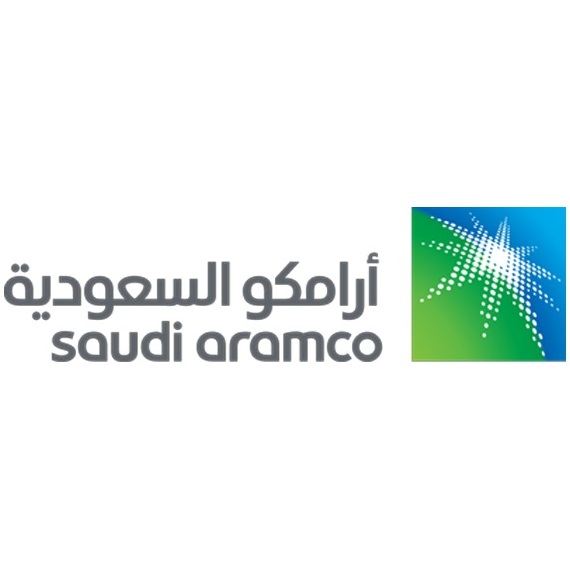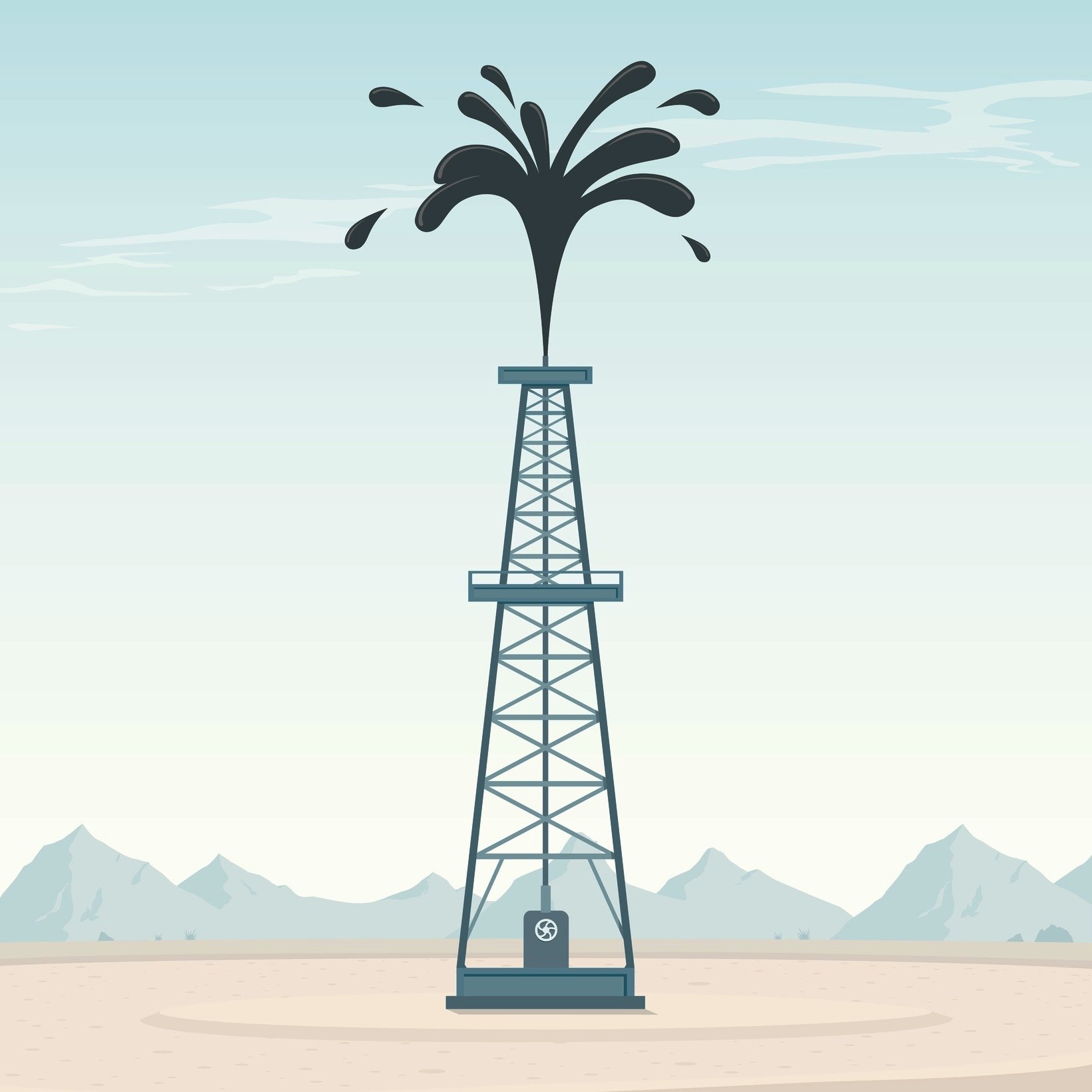

Saudi Arabia announced in 2016 that it planned to sell 5% of its state-owned oil company, Saudi Aramco, in an initial public offering (IPO) aimed at raising $100 billion. If that deal materializes, the total market cap of Saudi Aramco would be $2 trillion, more than double that of Apple Inc. (NASDAQ: AAPL), currently the world’s most valuable publicly traded company with a market cap of about $900 billion.
Bloomberg News got a look at Aramco’s financials for the first half of 2017, the first time any news organization has ever seen any hard data on the giant firm. Bloomberg did not say as much, but the leak is likely the result of Saudi Aramco’s preparations for its IPO. There’s a lot of data flying around and some of it just flew the coop.
According to the financial data, Saudi Aramco’s profit in the first half of last year totaled $33.8 billion, significantly higher than Apple’s $28.9 billion profit for the same period and more than four times the profit posted by Exxon Mobil Corp. (NYSE: XOM) or Royal Dutch Shell PLC (NYSE: RDS-A), both of which earned $7.4 billion in the first half of 2017.
Saudi Aramco refused to comment on the Bloomberg report:
This is inaccurate, Saudi Aramco does not comment on speculation regarding its financial performance and fiscal regime.
The average spot price for a barrel of Brent crude was about $53 in the first half of 2017 and the projection for 2018 calls for a price of around $67, a boost of $14 a barrel. Saudi Aramco produced 13.5 million oil-equivalent barrels a day (includes natural gas and other petroleum liquids production). That’s about $190 million a day in increased revenues.
Production costs are harder to pin down, but Bloomberg estimates that Saudi Aramco’s cost per oil-equivalent barrel is less than $4 a barrel, compared with around $20 a barrel for Exxon and Shell.
Under a new royalty rate regime begun in January of 2017, Aramco pays a royalty rate of 20% on oil if spot market prices are $70 a barrel or less, 40% if prices are between $70 and $100 a barrel, and 50% if prices exceed $100 a barrel. Aramco also pays income tax at a 50% rate and in the first quarter of 2017 a $13 billion cash dividend to the government.
Given the demands of the Saudi government (including stipends to thousands of members of the royal family) Aramco’s cash flow is not as massive as one might expect. Bloomberg estimated adjusted cash flow from operations in the first half of last year at $52.1 billion. By comparison and based on production just 25% of Aramco’s total, Shell’s adjusted cash flow totaled $21 billion in a similar period.
A lot of profit and a lot of demands on that profit. An IPO, if it happens, will result in even more transparency into the financial affairs of Saudi Aramco. Right now, the company’s management and the government must be balancing the financial advantage of being publicly traded against the added transparency demands. Our take is that the money will win.
Sponsored: Attention Savvy Investors: Speak to 3 Financial Experts – FREE
Ever wanted an extra set of eyes on an investment you’re considering? Now you can speak with up to 3 financial experts in your area for FREE. By simply
clicking here you can begin to match with financial professionals who can help guide you through the financial decisions you’re making. And the best part? The first conversation with them is free.
Click here to match with up to 3 financial pros who would be excited to help you make financial decisions.
Thank you for reading! Have some feedback for us?
Contact the 24/7 Wall St. editorial team.
 24/7 Wall St.
24/7 Wall St.

